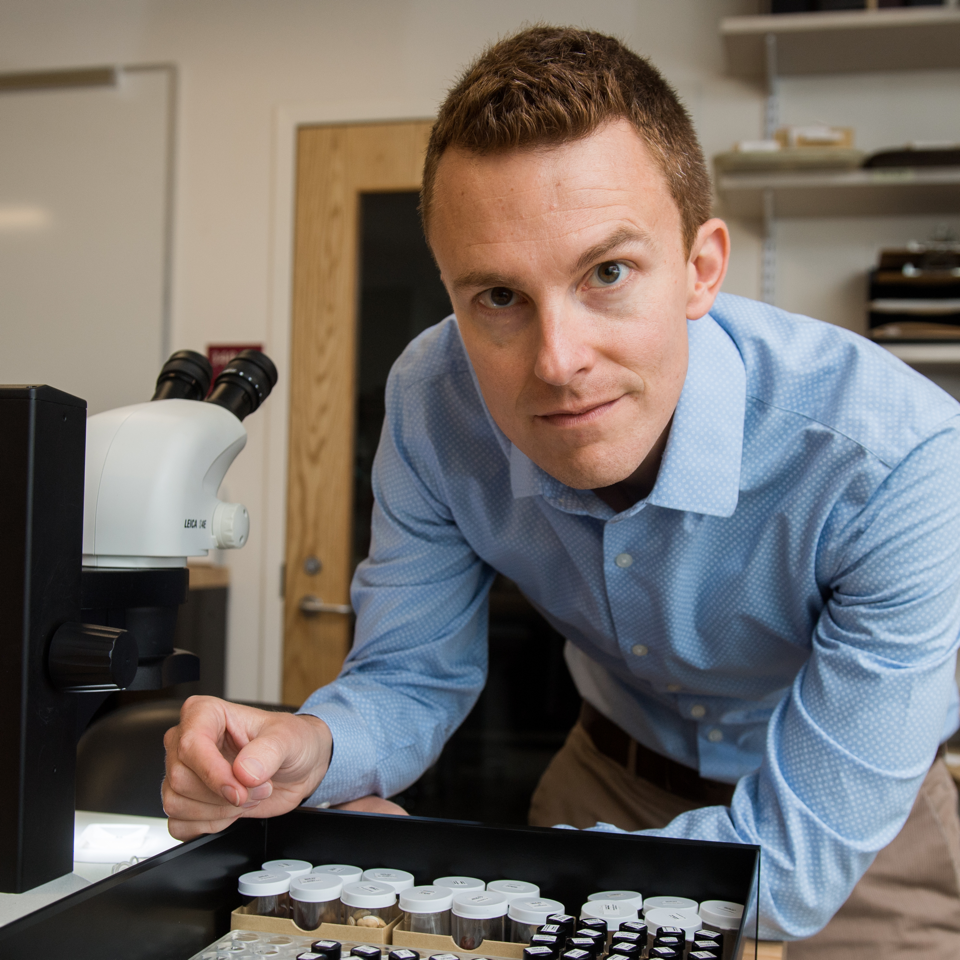Affiliation: Boston University

John (Mac) Marston is Associate Professor of Archaeology and Anthropology, and Director of the Archaeology Program at Boston University. He holds his degrees from the University of California, Los Angeles (Ph.D.) and Washington University, St. Louis, and his research interests are environmental archaeology and paleoethnobotany, sustainability and resilience, agricultural risk management. Mediterranean and Near Eastern archaeology, stable isotope biogeochemistry, and paleoenvironmental reconstruction. Professor Marston has numerous articles in preparation, and his most recently published volume is Agricultural Sustainability and Environmental Change at Ancient Gordion (University of Pennsylvania Museum Press, 2017).
Anatolia, the region encompassed by the modern nation of Turkey, was home to early agricultural societies, indigenous territorial states, and expansive empires, from the Assyrians to Ottomans. A new integrative study of all previously published archaeological plant data from this region has produced new insights into the history of agriculture across Anatolia, from its origins to the late Medieval period. We identify regionally variable timing in the adoption of new crops, the tension between ecological constraints and economic incentives for arboriculture and viticulture, and the effects of pre-modern climate change and political change on agricultural strategies. A focus on the Roman to Ottoman periods highlights the complementing push and pull factors that drove agricultural innovation and change during a politically complex period of Anatolian history.
This presentation considers the human ecology of wood use in what is today one of the driest regions of the world: the Western Desert of Egypt. Archaeological study of one area within this region, the Fayum Basin, reveals intensive human settlement during both the Early Holocene, prior to the aridification of the Sahara, and the Roman period, when irrigation agriculture converted the desert to the breadbasket of Rome. Recent study of wood remains recovered from archaeological investigation of Early Neolithic and Roman sites in the Fayum provides evidence for both natural and human-modified woodland ecology in this region, and for selective wood use by early farmers and Roman craft specialists alike.
Short bibliography and/or website on lecture topic:
Caton-Thompson, G., and E. W. Gardner. 1934. The Desert Fayum. Royal Anthropological Institute of Great Britain and Ireland.
Cohen, G. M., and M. S. Joukowsky. 2006. Breaking Ground: Pioneering Women Archaeologists. University of Michigan Press.
Maugh, T. 2008. A farming village older than the pharaohs: archaeologists find a 7,000-year-old settlement in Egypt where agriculture was in full bloom. Los Angeles Times. Feb 12, 2008. p. A.16.
Identifying how societies make decisions about agricultural practices is important for understanding why some agricultural systems flourish over hundreds or thousands of years while others lead to environmental degradation and societal collapse. Archaeological data offer a unique long-term perspective on the sustainability of agriculture and how societies adapt to complex, intertwined changes in environment and economy on both local and regional scales.
In this lecture, I present recent work from the ancient urban center of Gordion in central Anatolia (modern Turkey), where complex agricultural strategies were employed to adapt to coincident environmental and social change on both local and regional scales. By situating Gordion within its regional agricultural setting over time, I conclude that an understanding of local political economy is necessary to reconstruct agricultural decision making and helps to predict patterns of anthropogenic environmental change.
Short bibliography and/or website on lecture topic:
Marston, John M. 2010. Risk and agriculture in ancient Anatolia. Backdirt: Annual Review of the Cotsen Institute of Archaeology at UCLA 2010:14-17.
Marston, John M. 2014. Unlocking ancient environmental change with the help of living trees. Arnoldia 74(1):14-22.
Miller, Naomi F. 2000. Plants in the service of archaeological preservation. Expedition 42(1):30-36.